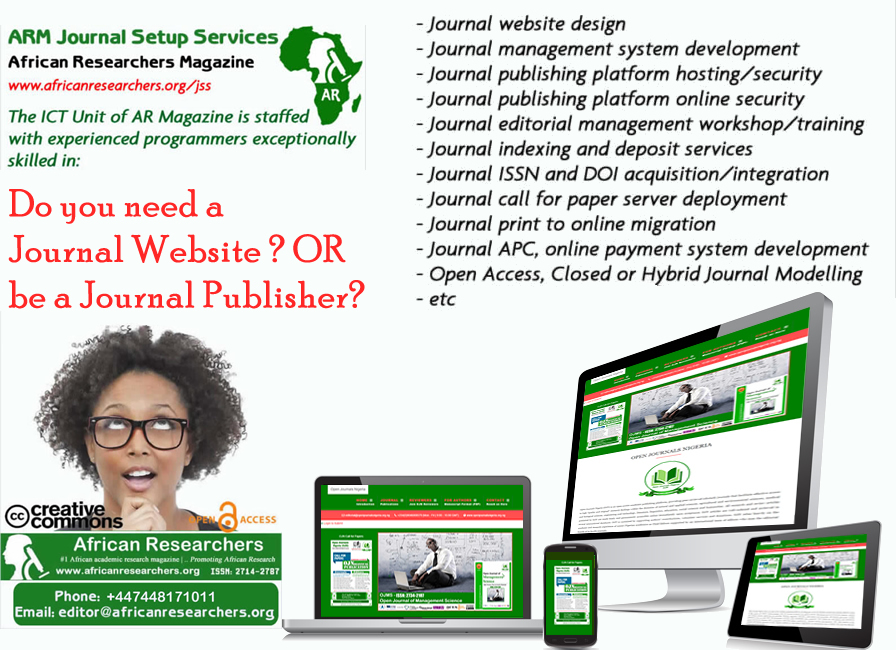The State of Global Food Security
Food insecurity continues to affect hundreds of millions globally, driven by compounding challenges such as armed conflicts, economic instability, climate change, and disruptions to agricultural systems. According to the latest World Bank data, acute food insecurity persists, especially in conflict-affected regions of East and Central Africa.
-
Sudan: Over 25 million people face acute food insecurity, including famine conditions in multiple regions.
-
Democratic Republic of Congo: 27.7 million people are food insecure, with 4 million in emergency conditions.
-
Other hotspots include Gaza, Haiti, Lebanon, and Yemen, where ongoing conflicts continue to disrupt food supply chains and livelihoods.
Rising Food Prices and Inflation Trends
Global food price inflation remains a pressing concern. Between December 2024 and March 2025, the following trends were noted:
-
78.9% of low-income countries reported food inflation over 5%.
-
Inflation in upper-middle-income countries rose significantly (13 percentage points).
-
In 60% of 162 countries, food prices increased faster than overall inflation.
Cereal prices are mixed:
-
Maize: 9% higher year-on-year, 26% above January 2020 levels.
-
Wheat: 4% lower year-on-year, 3% below January 2020.
-
Rice: 29% lower year-on-year, but 5% higher than January 2020.
Despite price fluctuations, global supply remains stable, with no major food shortages expected in the near term, thanks in part to steady harvests in key regions like South America.
Structural Challenges in Food Systems
A critical issue raised by a recent World Bank blog is the misalignment of agricultural subsidies with nutrition goals. Globally, over $800 billion in public support is directed toward staple grains, sugar, and meat—while healthier options like fruits, vegetables, and dairy receive far less investment. This perpetuates poor nutritional outcomes and weakens the resilience of food systems.
Gaps in Social Protection
The World Bank’s State of Social Protection 2025 report highlights a troubling reality: 2 billion people in low- and middle-income countries lack adequate social safety nets. This leaves vulnerable populations exposed to food crises, particularly during economic or climatic shocks.
World Bank’s Multifaceted Response
The World Bank is actively supporting food and nutrition security projects in 90 countries, blending short-term emergency responses with long-term resilience-building strategies such as:
Social Protection & Emergency Support
-
Central African Republic: $50M Emergency Food Security Response – 329,000 farmers receive seeds, tools, and training.
-
Guinea-Bissau: $15M project – 72,000 farmers benefit from climate-resilient inputs; 8,000 households receive food aid via cash transfers.
-
Egypt: $500M – Supports wheat imports and nutritional outcomes amid global shocks.
Climate-Smart Agriculture & Rural Development
-
Honduras:
-
COMRURAL II & III – Boosts market access for 6,287 small-scale producers.
-
PROSASUR – Improves dietary diversity in impoverished communities.
-
-
Malawi: $95M AGCOM Project – Strengthens agricultural commercialization and crisis response.
-
Burundi: $60M – Enhances food security and community development for refugees and host communities.
Regional and Multi-Country Resilience Programs
-
Eastern and Southern Africa: $2.75B Food Systems Resilience Program – Enhances crisis response and long-term productivity.
-
West Africa: $766M + $345M – Strengthens regional food markets and digital advisory services.
-
Sahel Region: $175M – Supports irrigation development for over 130,000 farmers.
-
AICCRA (Africa-wide): $60M – Reaches nearly 3M farmers with climate-smart agriculture tools.
Country-Specific Programs
-
Yemen: $150M – Supports food security and livelihoods.
-
Jordan: $125M – Enhances climate resilience in agriculture.
-
Bolivia: $300M – Promotes climate-smart practices and food access.
-
Tunisia: $130M – Mitigates Ukraine war impact by supporting critical imports.
-
Chad, Ghana, Sierra Leone: $315M – Boosts preparedness and systemic resilience.
Global Coordination and Policy Reform
The Global Alliance for Food Security, co-convened by the World Bank and the G7 in 2022, continues to play a vital role in global response coordination. The Global Food and Nutrition Security Dashboard provides real-time data for policymakers.
In a joint statement issued in 2023, the heads of major international organizations (FAO, IMF, WBG, WFP, WTO) urged the international community to:
-
Rescue hunger hotspots.
-
Facilitate global trade and improve food market efficiency.
-
Reform harmful subsidies and redirect support toward nutrition and resilience.
Conclusion: A Call for Collective Action
The global food crisis is not just a challenge of supply, but a complex interplay of inequality, conflict, climate disruption, and policy misalignment. The World Bank’s multifaceted approach—ranging from emergency relief to systemic reform—emphasizes building resilience, boosting productivity, and ensuring equitable access to food.
To combat food insecurity effectively, global cooperation, evidence-based policymaking, and targeted investment in sustainable agriculture and social protection are essential. Only through integrated solutions can we secure the right to food for all and meet the 2030 global hunger and nutrition targets.



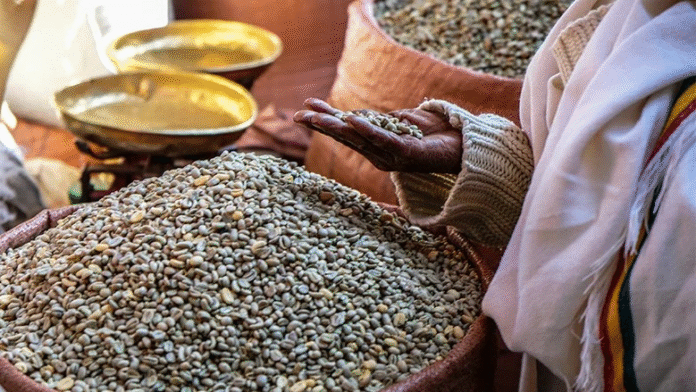









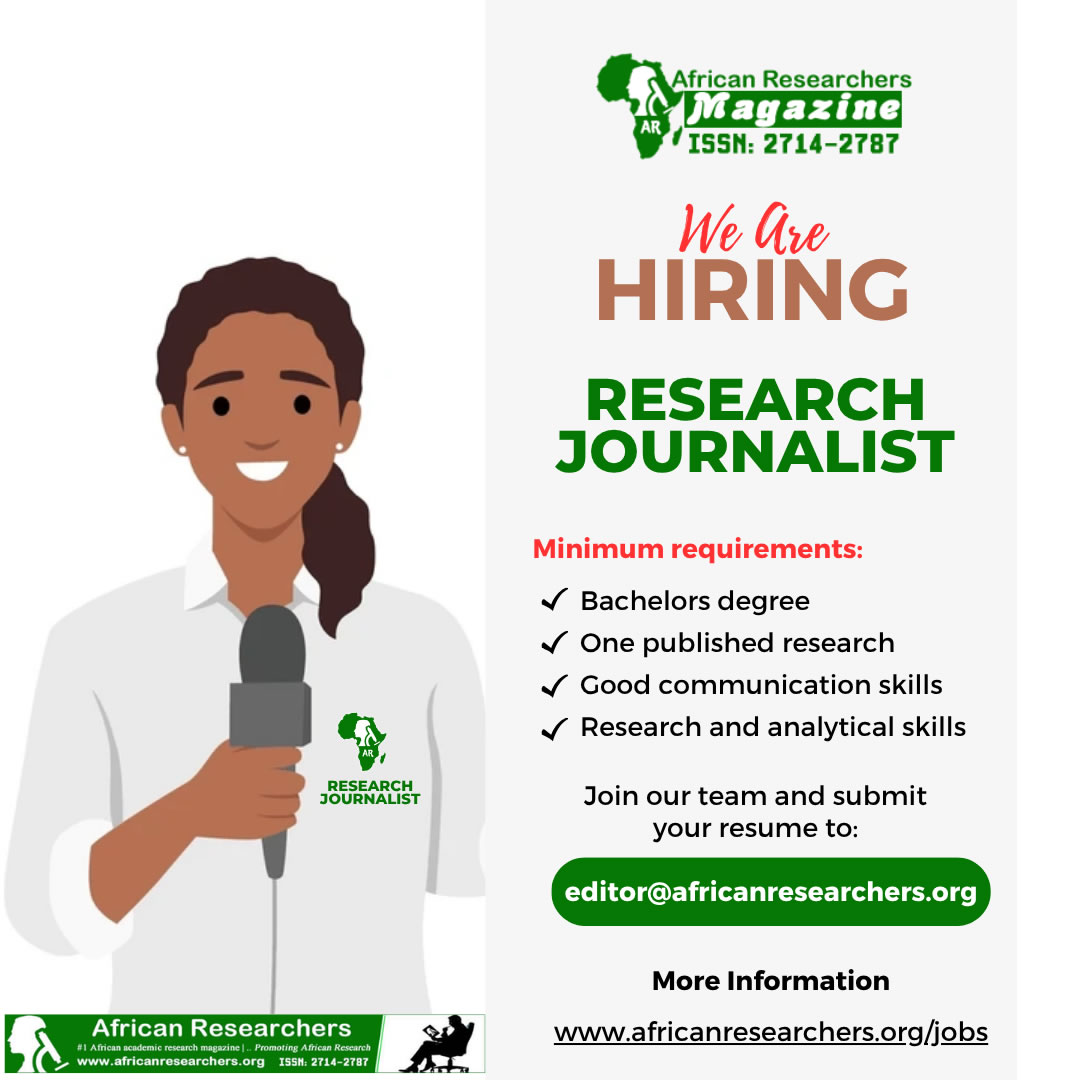
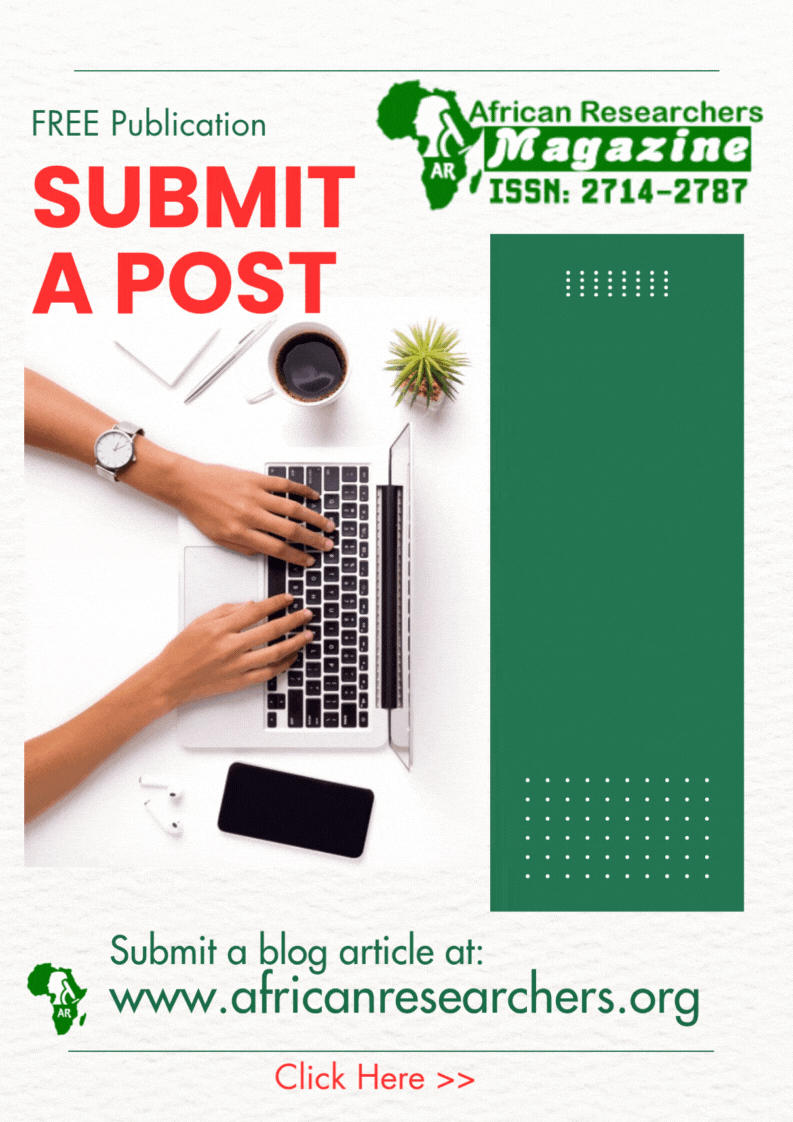

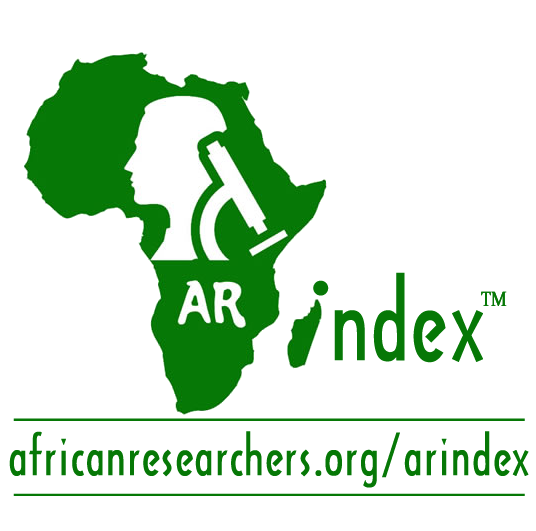 The African Research (AR) Index is a comprehensive scholarly directory and database focused explicitly on journal publishers that publish and disseminate African research.
The African Research (AR) Index is a comprehensive scholarly directory and database focused explicitly on journal publishers that publish and disseminate African research.